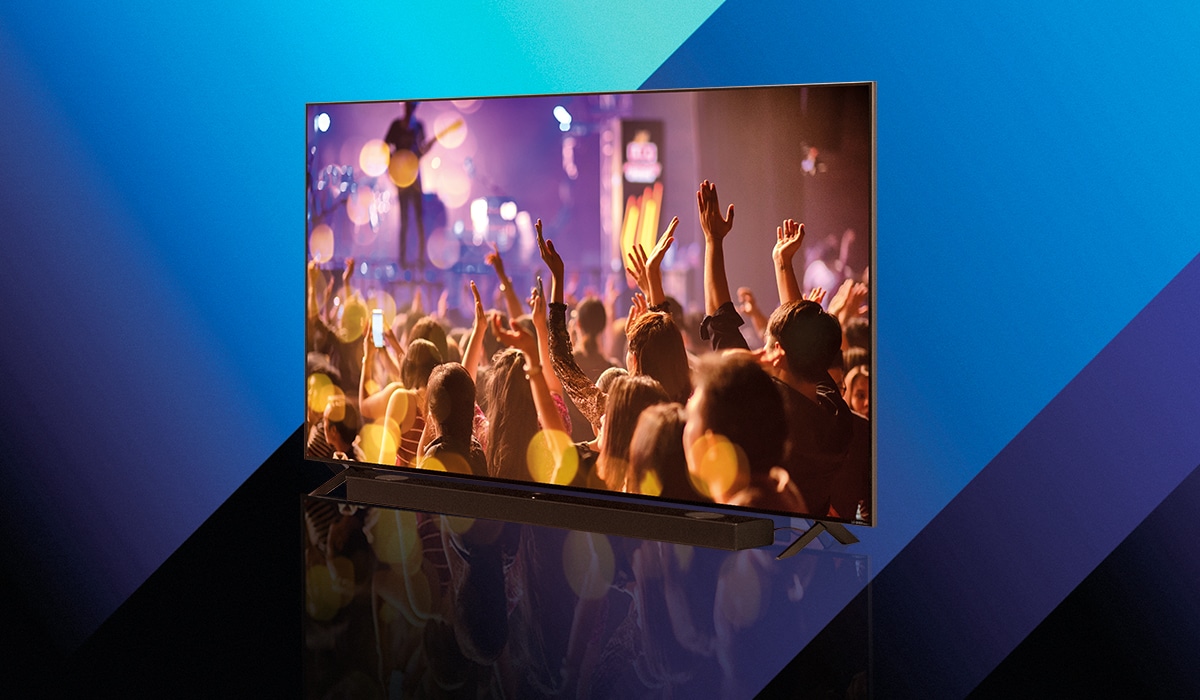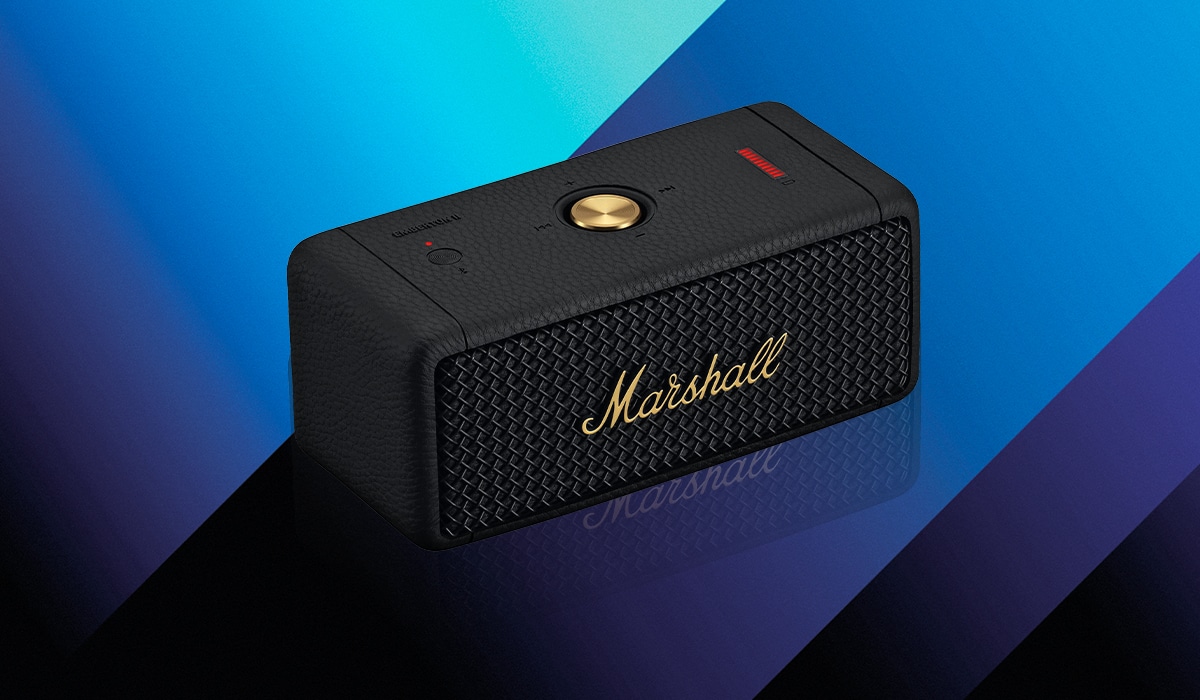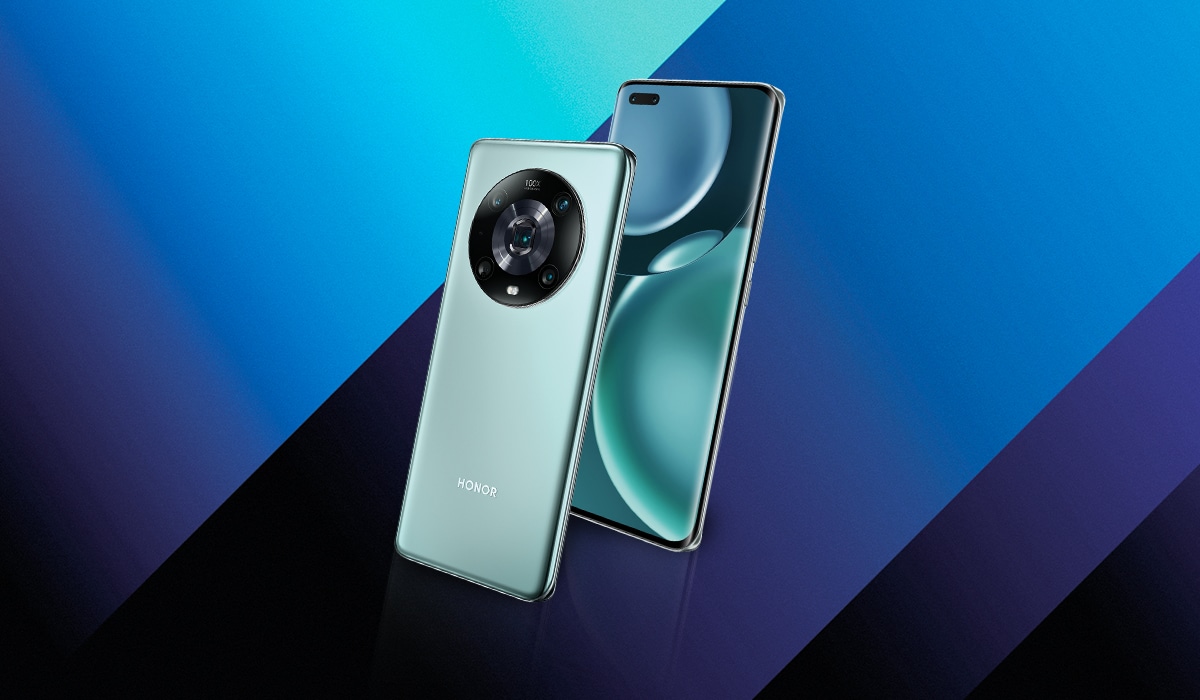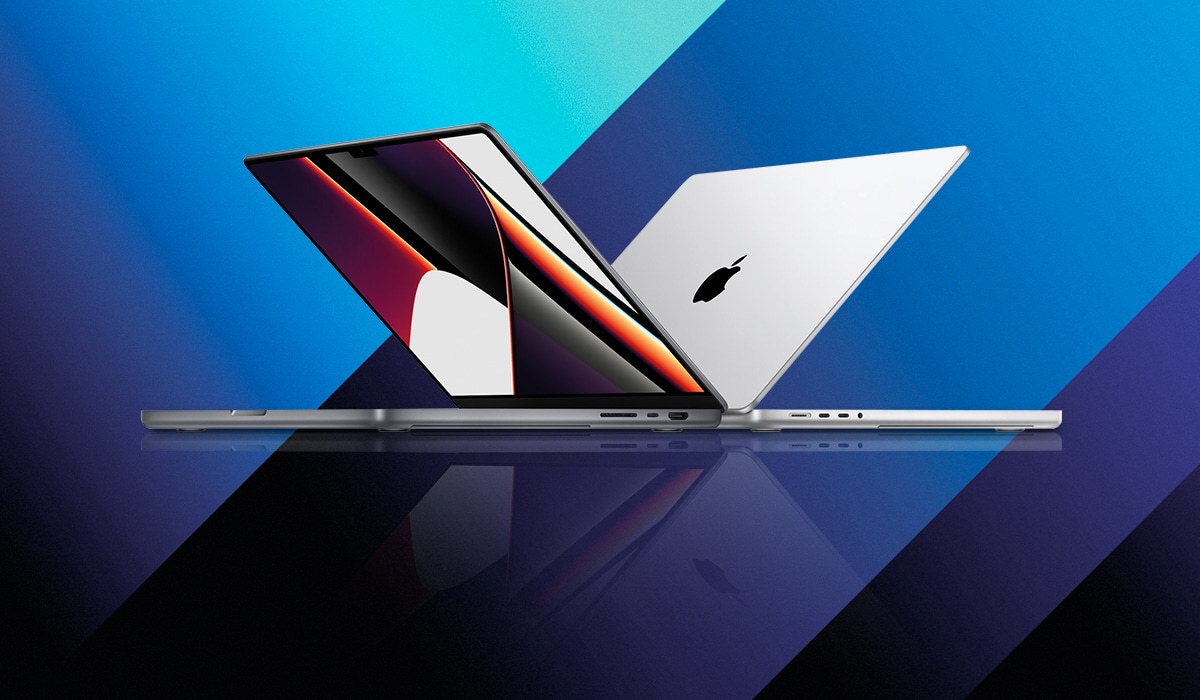We take a look at quality products for the digital lifestyle
LG QNED8O6 TV 65″
LG has led the OLED TV market for many years and while this tech has been recognised as delivering the best all-round TV experience, the older and more affordable LED technologies developed by its rivals have nearly fully caught up to OLED.
Where OLED is made up of millions of individual pixels that can be turned on and off to create the most detailed and colour-rich picture, LED shines light through layers of nano particles, which block some wavelengths while allowing others through to create a screen image. The latest LED tech achieves OLED-like results by carefully controlling this backlighting to achieve a more nuanced screen image.

LG’s QNED range uses 30 000 tiny LED bulbs arranged into 2 500 groups, which can be brightened and dimmed at 120 000 times a second to create a screen image that rivals OLED. Managing the processing of painting the screen is LG’s fifth-generation Alpha processor, which now also makes use of machine learning to predict how video frames will move across the screen, and all at millisecond speeds.
UHD (4K) movies we played from a variety of streaming services delivered breathtaking results. From soaring nature documentaries to Marvel action sequences, the colour reproduction and crispness of the screen image was hard to fault
LG’s WebOS software is among the best out there and is certainly more elegant than the more commonly found Android TV OS. WebOS currently supports apps for all South Africa’s leading streaming services and many more besides. Setting up Bluetooth headphones seemed a little laboured but is painless to use after the initial pairing. The QNED80 delivers the full-fat gaming experience as one of the few affordable TVs that have native 120 Hz high-speed refresh and therefore capable of showing off the full capabilities of the latest console games.
65″ UHD (4K) Nano LED @120 Hz, BT5.0, HDR10 Pro, 2x HDMI2.1, 2x HDMI2.0, WebOS, R24 000
Marshall Emberton II
The Marshall Emberton II just looks retro cool. A small black box covered in black textured silicone that is complemented by sleek metal grilles on the front and back, with a brass Marshall logo sprawled elegantly across the front.
Lightweight and durable, weighing just 700 g, so it’s highly portable, and it’s IP67 water- and dust-resistant, so it’ll survive poolside accidents, sudden downpours, dusty camping trips and even sandy beach days. There’s a gold multifunction knob on the top and a strip of LEDs indicating battery level. This shiny gold knob is a much more stylish way to control the device, and it works very well despite being relatively small.

Another surprise, considering its size, is that it packs quite a punch. There are two 10 W amplifiers inside that do a great job at pushing a forceful bass, and it gets plenty loud. Of course, the Emberton II sounds at its best playing classic rock but whatever genre you’re into, this speaker sounds great throughout. We highly recommend the Emberton II. It may not be brimming with features but it has everything you need. It is easy to use, waterproof and the battery will last for ages. And it doesn’t let its small size hold it back when it comes to the sound.
2x full-range drivers, 20 W, Bluetooth 5.1, 1P67, 30 hours playtime (claimed), 68 x 160 x 76 mm, 700 g, R3 500
Honor Magic 4 Pro
Magic 4 Pro is its first flagship handset that directly challenges the Android market leaders. It ticks all the boxes for top-dog status, from processing power to an advanced camera set-up, though it’s a very large slab of phone and at 215 g.
The screen glass curves slightly on the sides and also on the top, so that it blends seamlessly with the similarly curved glass on the back. It’s all terribly slick and polished, although personally, we like a bit of a ridge to hang on to. Then there is the large black circular island on the rear, housing the camera tech. It’s a bold design statement and leaves little doubt that this is a camera-first handset.

There’s two 50 MP shooters, one a wide angle, and a 64 MP 3.5x telephoto, which also does macro. And those three primary rear cameras are assisted by additional sensors for focus, depth and shake. Settings aside, it is enough to say that every single camera function worked exceptionally well, and our photo results always exceeded our expectations.
Colour balance was always spot on, and every picture from landscapes to portraits to pets, was pin sharp. There’s a full house of other flagship features, of course, including the top-flight Snapdragon 8 Gen1 processor, proper IP68 waterproofing, and well above-average stereo speakers.
The 6.8-inch OLED screen is a standout both for its superb images and for the variable refresh rate, which tops out at 120 Hz but drops to 1 Hz when the screen is static. This saves a lot of battery, or you can manually choose lock in 60, 90 or 120 Hz. Useful extras include serious fast charging with the included 100 W charger, which can charge you to full in around 30 min, and the option of 3D face unlock or an ultrasonic fingerprint sensor near the middle of the screen.
6.8″ OLED @120 Hz, 8 GB RAM, 12 MP front / 50 MP + 50 MP wide + 64 MP 3.5x zoom macro cameras, 256 GB storage, 1P68, 164 x 75 x 9 mm, 215 g, R24 000
MacBook Pro M213″
The 2022 MacBook Pro chassis is identical to the 2020 one, complete with Touch Bar: the touch-sensitive strip that replaces the F-keys above the number row. The Pro’s screen maintains the dated larger-bezel format and the built-in webcam is still only 720p. The 2 560 x 1 600 resolution screen doesn’t hit 4K like some Windows competitors, but it still looks superb, and the degree of clarity and brightness are excellent.
There are no more ports than before, just the same two USB 4 (Thunderbolt 3) but the obvious major new feature, of course, is that Apple has squeezed the M2 processor inside.

While there’s little to really rave about the innards do step things up a notch. As the premiere of Apple’s M2, it’s the enhanced performance potential that is the laptop’s predominant selling point.
By default, it’s got a 10-core GPU (over the 8-core GPU in the entry-level Air). So, if you’re doing more graphically demanding tasks the Pro earns its price tag with a healthy 8% or 9% up in computing power. And there’s a fan inside the M2 MacBook Pro.
Apple doesn’t like to call it a ‘fan’, though; it’s instead known as an ‘active cooling system’, perhaps to try and swerve your attention away from the fact that there could be some noise in operation when using this laptop. This newer architecture is also more power efficient, giving you longer battery life.
Getting 14 hours of browser-based work out of the Pro M2 is pretty standard. Tweak some settings and you can do even better, but Apple’s claimed 20 hours is a bit of a stretch. The Pro M2 doesn’t step the design language forward, and could easily be called old hat, but if you bought and used it right now, it’ll still feel up to date enough.
13.3″ display, M2 CPU, 8 GB RAM, 256 GB, 2x USB 4.0, 16 x 304 x 212 mm, 1.4 kg, R27 000
Photography: Courtesy Images
ALSO READ: Your Ultimate Festive Tech Gifting Guide







